Glidecam Industries is one of those companies that constitute as major contributors to the film industry (especially indie) regarding counterweight mechanical gimbals. Now, the company is shipping their new Glidecam HD-PRO which replaces the good and old model stabilizers.
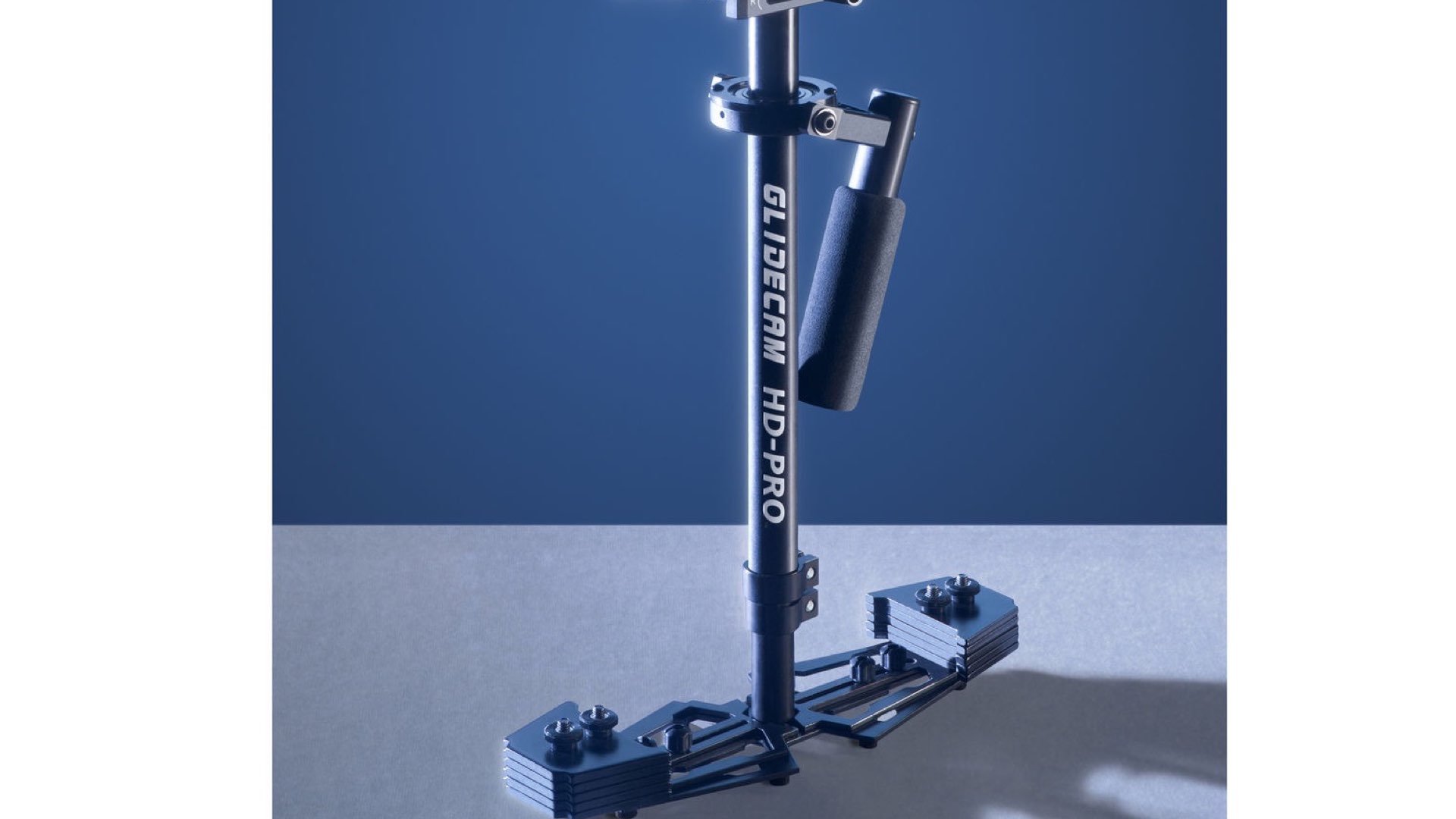
Nothing is like the classic counterweight mechanical stabilizers
I have used the Glidecam counterweight mechanical stabilizers for about 5 years, including old models (HD-1000, HD-2000, HD-4000) and the most sophisticated one, Devin Graham Signature Series. Of course, there are tons of copycats trying to mimic the mechanical stabilization look (and feel) by manufacturing cheaper products. In my opinion, Glidecam’s gimbals are the most robust and quality built. Nothing is like mechanical gimbals. Sure, it’s a bit hard to get used to compared to the motorized gimbal, but when you get it, the shot is much more natural in regard to movement. Yes, dynamic shots are more beautiful when using a counterweight mechanical stabilizers. Furthermore, you get more precise movement due to tighter control on the kinetics of the gimbal. By the way, it’s important to mention that you don’t have to deal with batteries. It’s all mechanical, and Glidecam knows how to make them reliable and accurate.
Nothing is like mechanical gimbals. Sure, it’s a bit hard to get used to compared to the motorized gimbal, but when you get it, the shot is much more natural in regard to movement
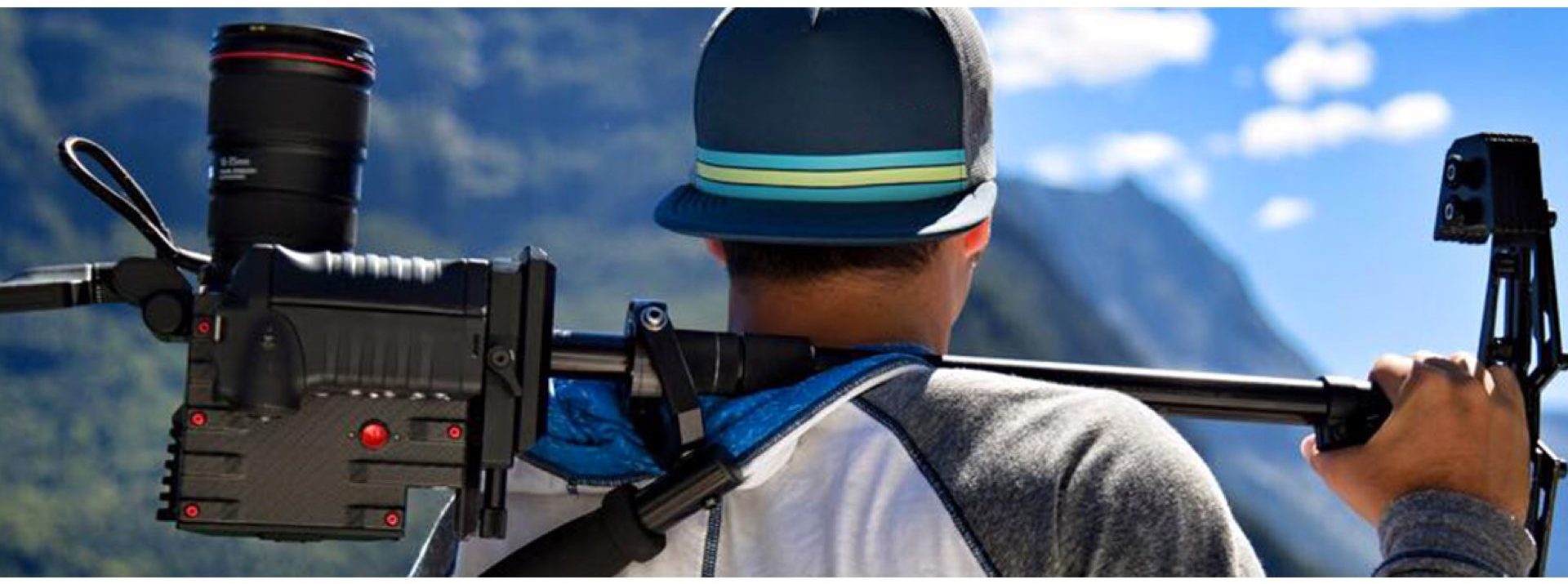
Drawbacks of Glidecam’s mechanical gimbals
There are some drawbacks of using those mechanical gimbals. First, it’s hard to master them. You need some practice since there is no processor that will compensate for your incorrect movements. Seconds, you need both hands in order to operate those stabilizers. Third, take into consideration that all the weight of the gear (gimbal, weights, and camera) are concentrated in one hand, means the total weight cannot be divided by both hands in order to make the load easier. This makes the Glidecam efficient for short shots only. Remember that.
Glidecam HD-PRO highlights and spec
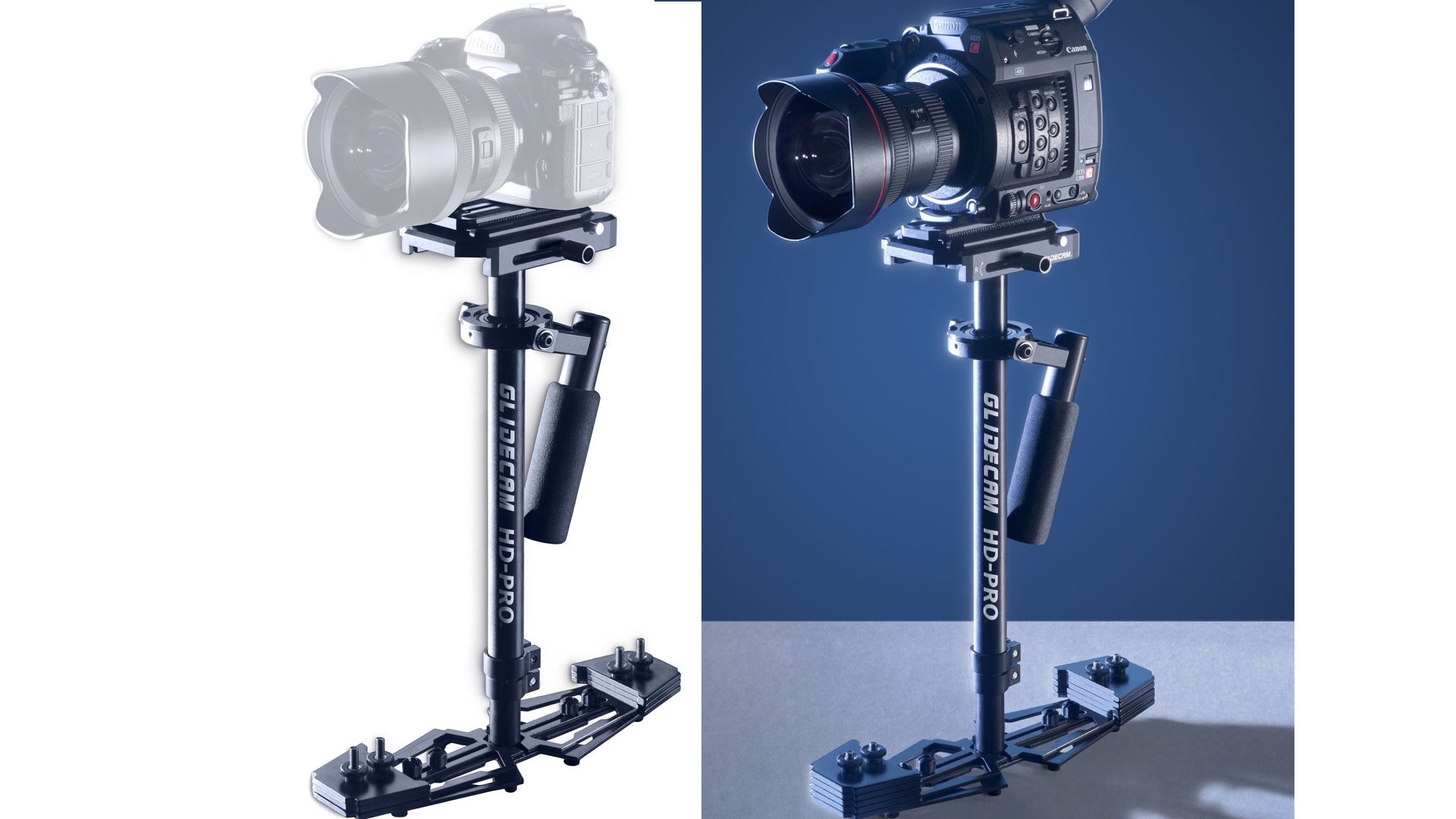
The Glidecam HD-PRO is the newer product which replaces Glidecam’s old model stabilizers. The Glidecam HD-PRO has a wiser structure and a bit more features:
- Up to 10 lb (4.36kg) Payload
- Quick Release, Drop-In Dovetail Plate – Lockable Fine-Tuning Control Knobs – Spring-Loaded Camera Lock Knob
- Dynamic Base Platform
- All-Internal Stainless Steel Hardware
- CNC-Machined Telescoping Clamp
- 16 Counterweight Plates
- 1/4″-20 Hole for Optional Monitor
- Made in the USA
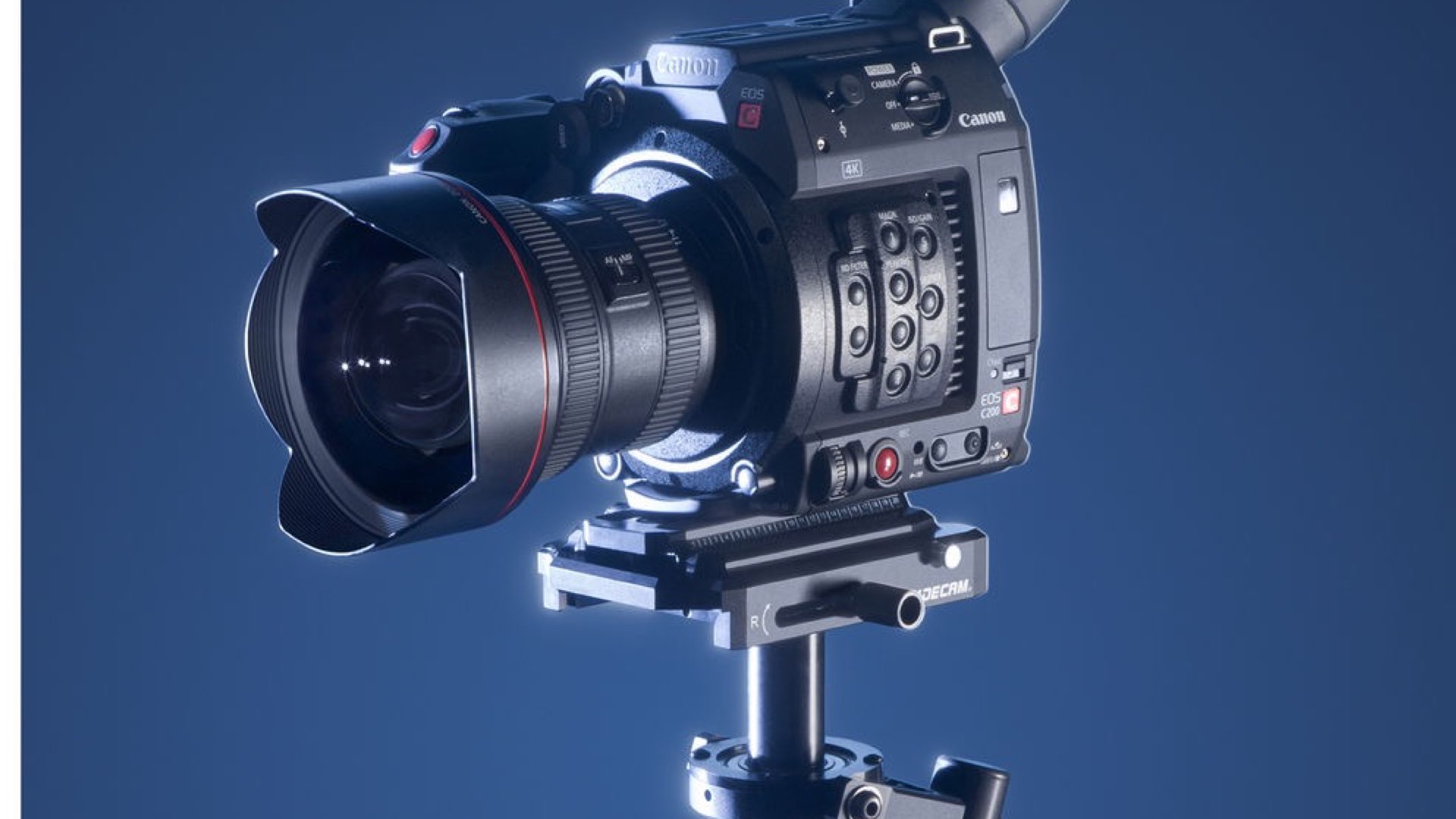
take into consideration that all the weight of the gear (gimbal, weights, and camera) are concentrated in one hand, means the total weight cannot be divided by both hands in order to make the load easier. This makes the Glidecam efficient for short shots only
Price and availability
The Glidecam HD-PRO costs $499 and you can buy it on B&H

Final thoughts
I personally recommend anyone who desires to enter the world of cinema stabilizers, to start from these mechanical gimbals. It’s harder, but you can learn more about being attentive to your camera movement and thus develop more skills in stabilization the shots.
Have you been using mechanical gimbals in your productions? Do you prefer mechanical or electronic motorized gimbal? Comment below.


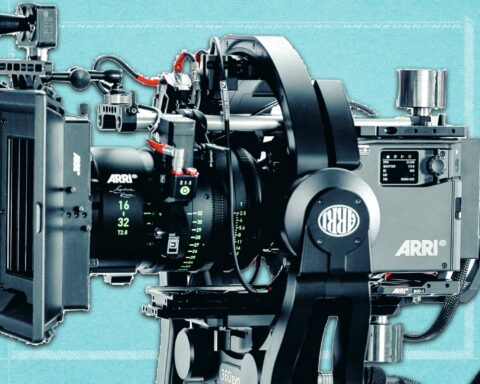
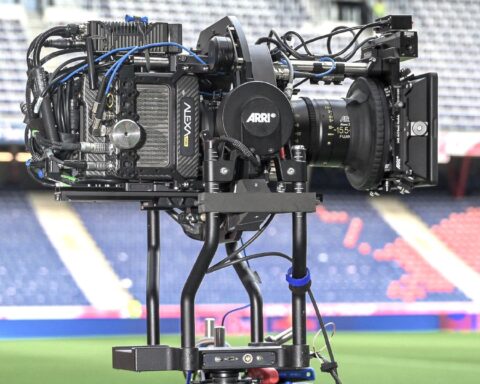
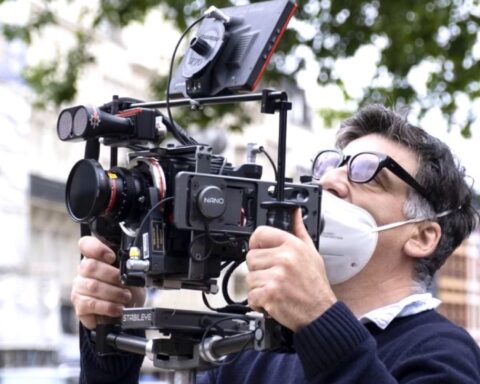
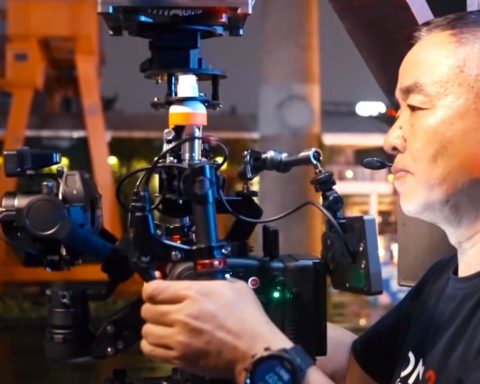
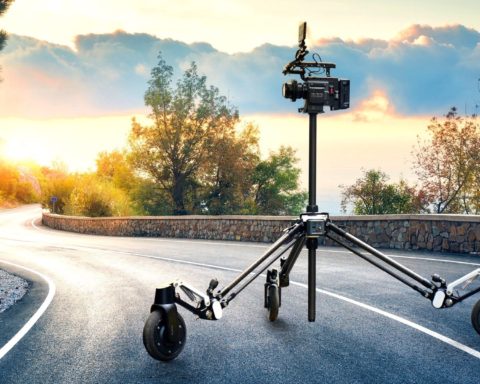

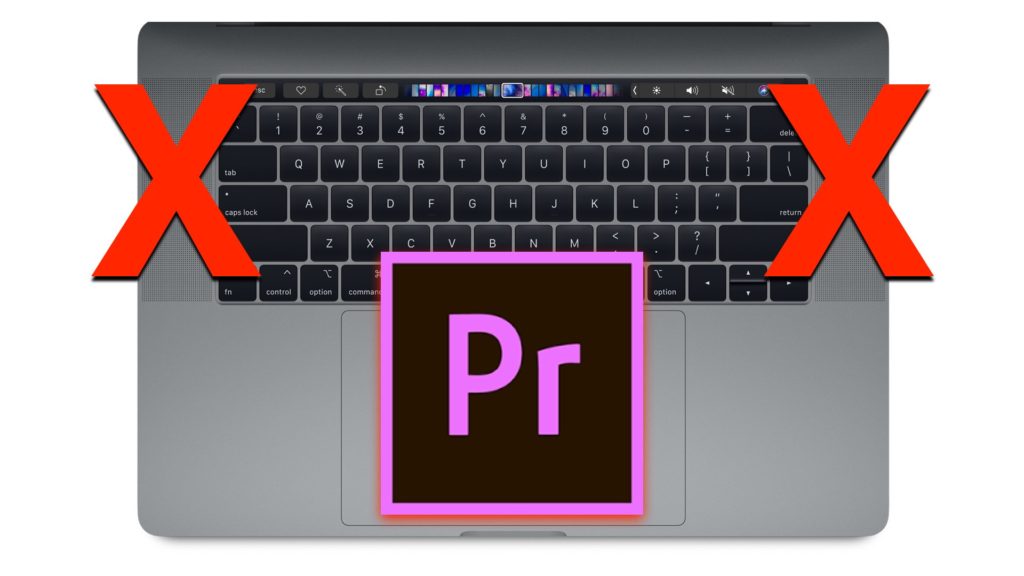
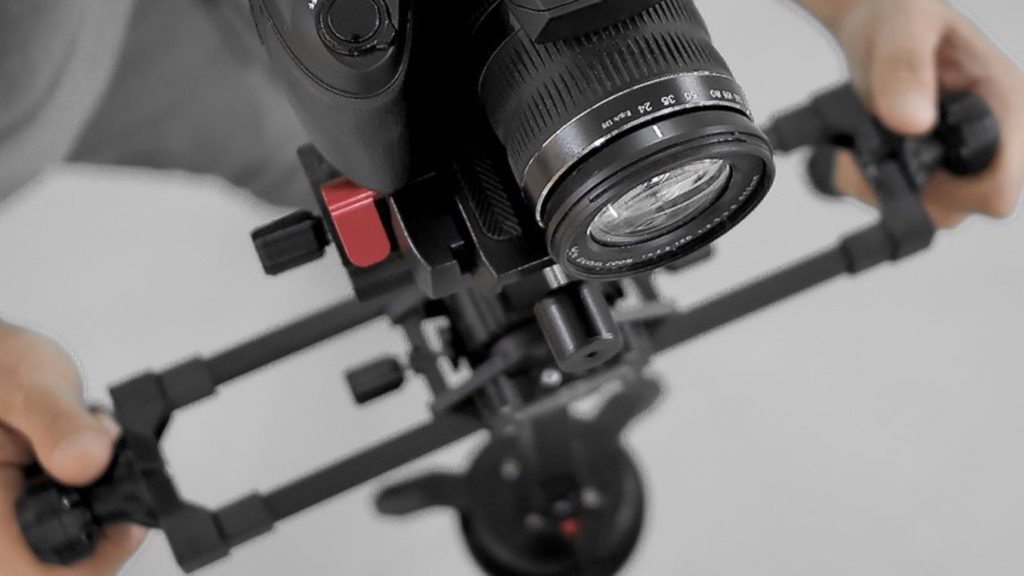
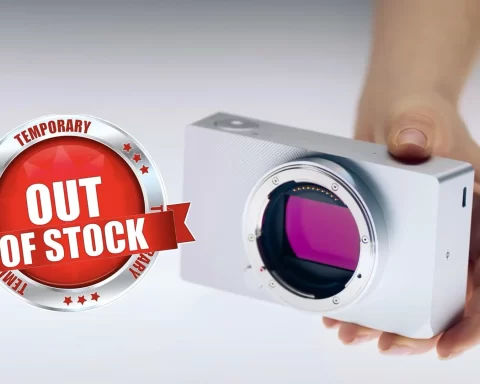





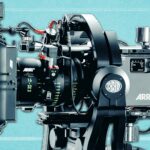
[…] SteadyCross – being an analog device – gives you natural movements and total control. We wrote about this advantage before. There is definitely an artistic benefit shooting with a purely mechanical device, like the […]